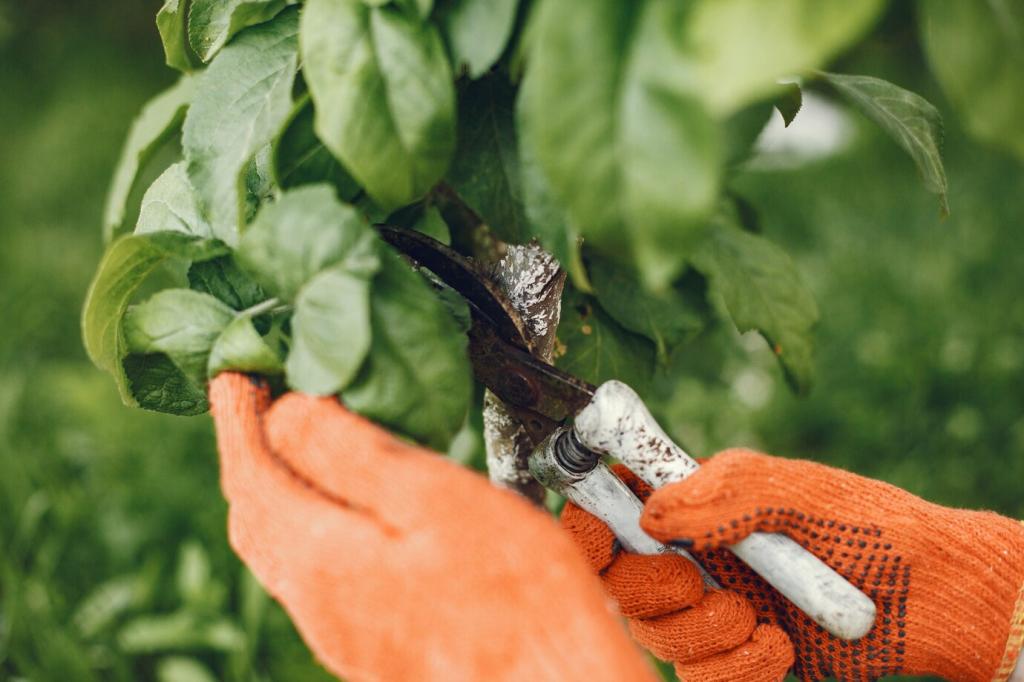How to Care for Office Plants: A Complete Guide
Maintaining healthy office plants can boost productivity, improve indoor air quality, and add a touch of natural beauty to your workplace. Whether you’re a seasoned green thumb or just starting out, understanding the needs of your plants can transform your office environment. This complete guide will walk you through everything you need to know to keep your office plants thriving, from selecting the right species to dealing with common plant challenges.

Choosing the Right Office Plants
Understanding the amount and quality of light available in your office is the first step in plant selection. Some plants, like succulents, flourish in bright, direct sunlight, while others, such as pothos or snake plants, can tolerate lower light levels. Evaluate window placements and artificial lighting to pinpoint which areas receive the most natural or supplemental light throughout the day. By matching your plant choices to your office’s unique light situation, you ensure their health and minimize the risk of struggling or dying foliage.

Watering Wisely
Appropriate watering is perhaps the most critical factor in office plant care. While it may be tempting to water on a fixed schedule, the actual needs depend on plant species, pot size, and environmental conditions like temperature and humidity. Overwatering is one of the most common mistakes and often leads to root rot; conversely, too little water can result in dry, brown leaves and stunted growth. Learn to recognize signs of thirst or excess moisture, such as wilting or yellowing leaves, and adjust accordingly. When in doubt, it’s often better to err on the side of under-watering rather than over-watering.
Proper Feeding and Fertilizing
Nutrient management helps office plants grow strong and remain vibrant. While most plants do not need constant fertilizing, especially in lower-light environments, periodic feeding during active growth periods can encourage lush foliage and flowers. Choose a balanced, water-soluble fertilizer and follow the recommendations on frequency and dosage, as over-fertilization can harm roots and cause leaf burn. Monitor your plants’ growth and health, as slow or pale-looking plants may indicate a lack of nutrients, while burned or dropping leaves could point to excess fertilizer.
Maintaining Adequate Lighting
Light is vital for energy production in plants through photosynthesis. Reevaluate your office layout regularly to ensure that each plant receives enough light for optimal growth. Some species may need relocation depending on seasonal light changes—especially during winter when days are shorter. If your workspace has limited natural window exposure, consider augmenting with grow lights to provide the right intensity and spectrum. By making small adjustments for your office’s changing environment, you help prevent leggy growth and encourage strong, healthy leaves year-round.
Creating the Ideal Environment

Managing Temperature and Drafts
Consistent temperatures are crucial for keeping office plants comfortable and healthy. Sudden temperature changes—often caused by heating and cooling systems—can shock plants, leading to leaf drop or wilting. Avoid placing your plants directly in front of vents, radiators, or drafty windows to prevent exposure to extreme heat or cold. If your workspace experiences frequent temperature fluctuations, try to buffer your plants with partitions or by placing them a little further from sources of drafts. Monitoring and regulating temperature can make a significant difference in your plants’ long-term vitality.

Optimizing Humidity Levels
Most office environments tend to be drier than typical indoor plant habitats, especially in air-conditioned or centrally heated spaces. Low humidity can cause leaf edges to brown and increase the risk of pests, while excess moisture can promote fungal issues. Increase humidity for your plants using trays with water and pebbles, grouping plants together, or periodically misting their foliage, but avoid overdoing it as this can foster mold. Regularly check the specific requirements of your plant species and adjust your efforts seasonally, as humidity typically drops during winter.

Ensuring Good Airflow
Proper air circulation helps prevent the buildup of pathogens and keeps foliage free from dust, both of which are especially important in enclosed office spaces. Lack of airflow can create stagnant conditions that encourage mold or encourage pests, while strong drafts might stress delicate plants. Maintain a gentle but regular movement of air, either by opening windows periodically or positioning plants near slow-moving fans. Clean leaves occasionally with a damp cloth to maximize their ability to photosynthesize, and never crowd plants too closely together to ensure ample breathing room.
Join our mailing list
